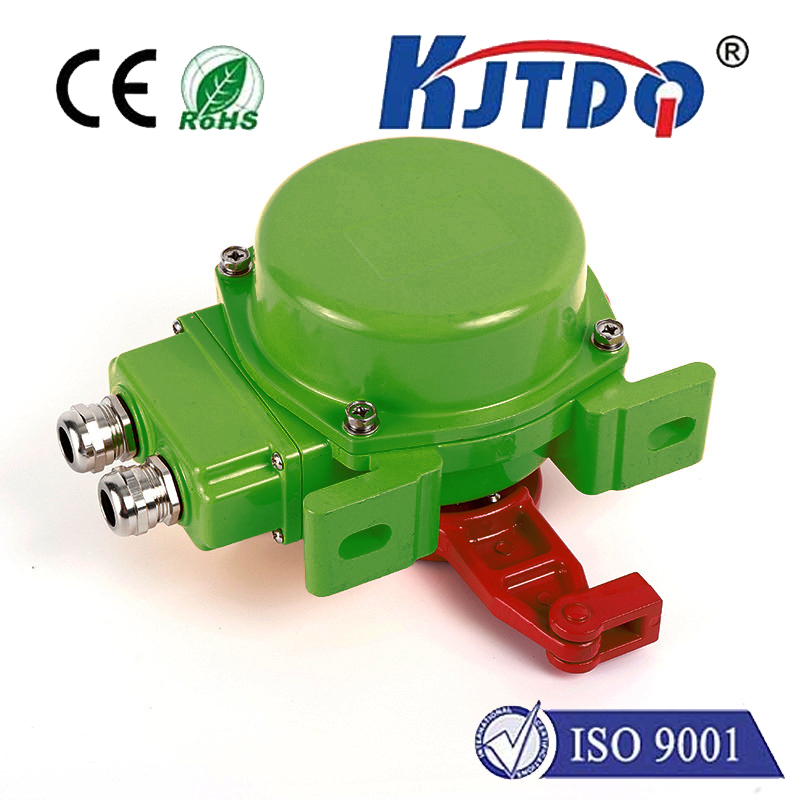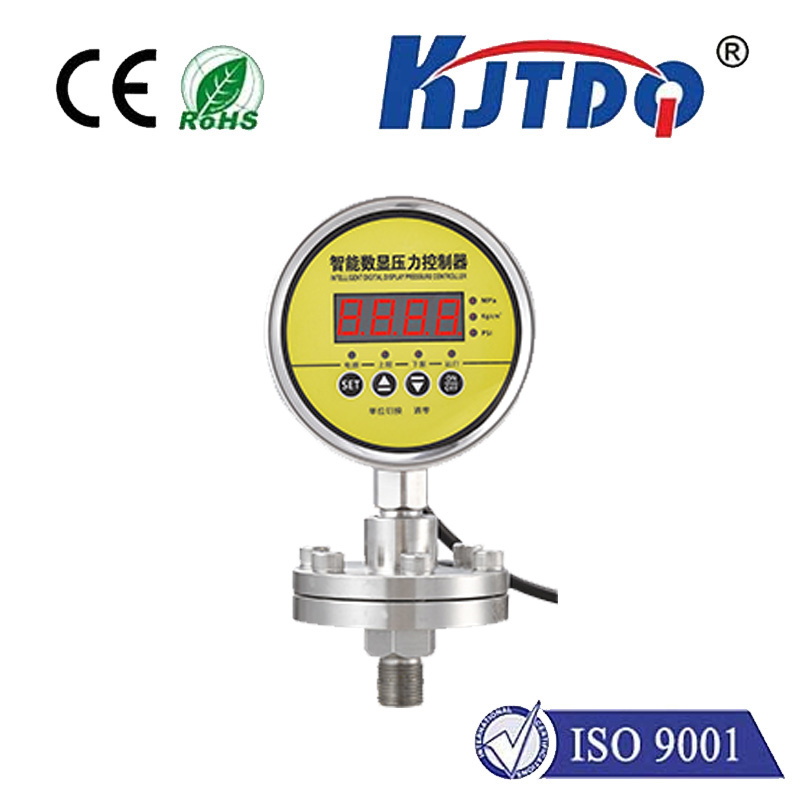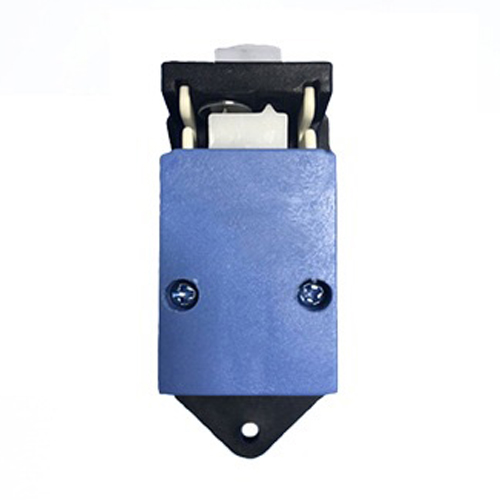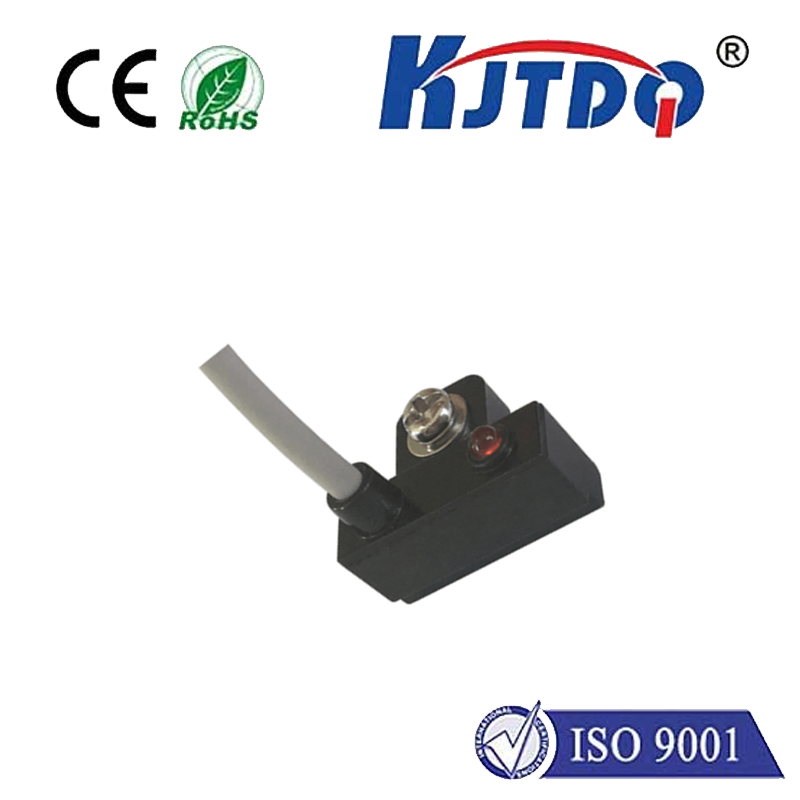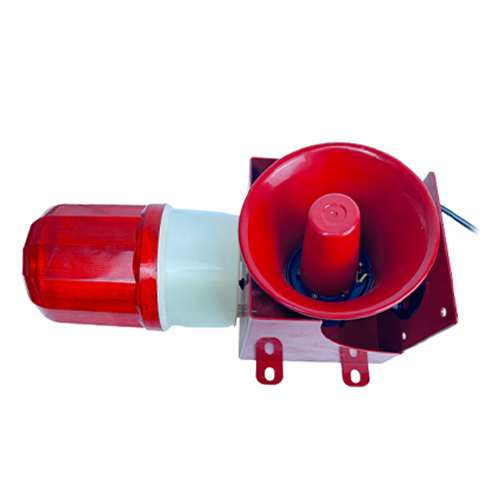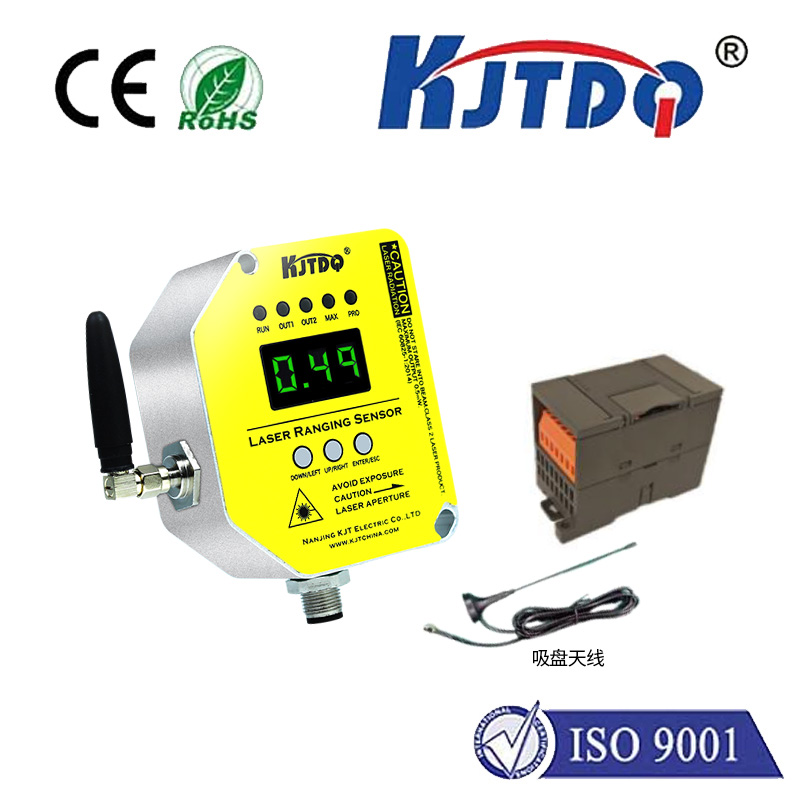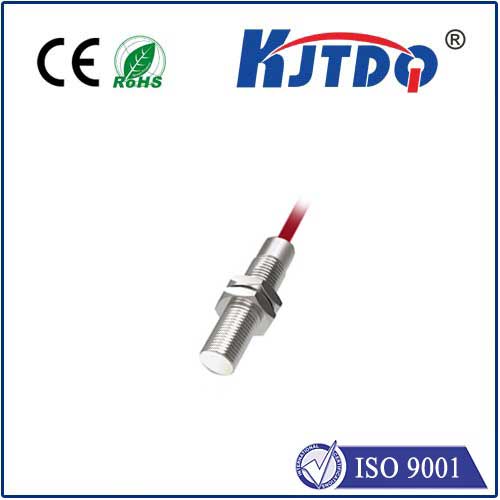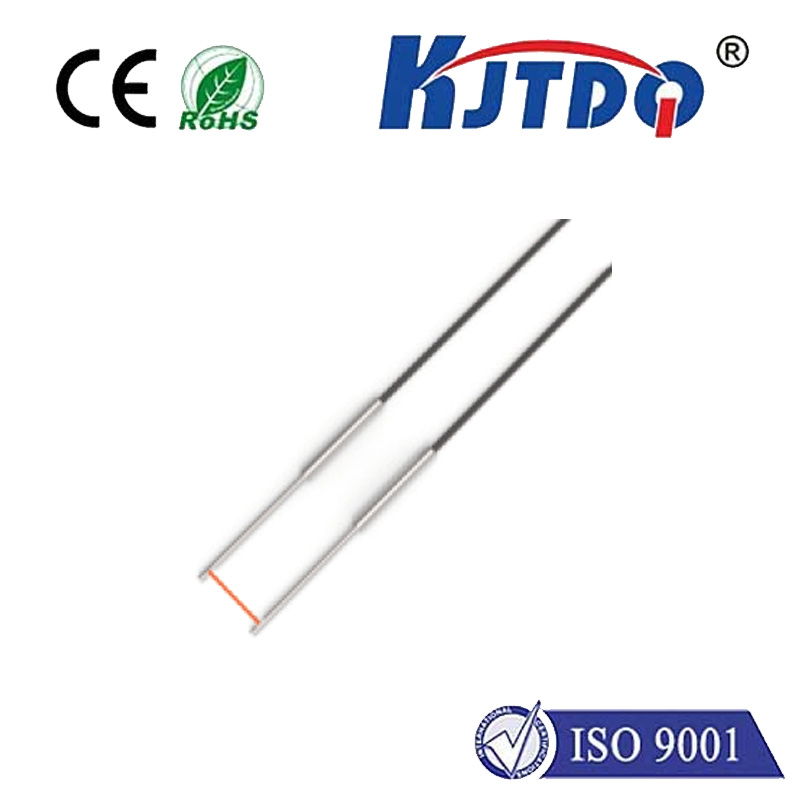

check

check

check

check

check

check

check

check

check

check
In the world of modern architecture, elevators play a vital role in facilitating movement and accessibility for people of all ages and abilities. While traditional elevator designs relied on mechanical systems and manual controls, new technologies have emerged that enhance safety, efficiency, and convenience. One such innovation is the use of elevator proximity sensors. These advanced sensors provide crucial information about the position and status of elevators, enabling designers to create more responsive and user-friendly environments. In this article, we will explore the key benefits of elevator proximity sensors and their impact on building design.
Firstly, elevator proximity sensors help ensure safety by providing real-time information about the location and status of elevators. By monitoring the distance between an elevator and its surroundings, these sensors can detect when an elevator is about to reach a floor or obstacle, giving occupants time to prepare for arrival. Additionally, proximity sensors can detect potential hazards such as obstructions in the path of an elevator and automatically adjust its trajectory to avoid collision. With these advanced safety features, elevators can operate with greater confidence and reliability, reducing the risk of accidents and injuries.
Secondly, elevator proximity sensors improve efficiency by optimizing load balancing and minimizing energy consumption. By tracking the occupancy levels of individual elevators, these sensors can determine the most efficient routing for each ride, ensuring that no one waits too long or experiences overcrowding. Furthermore, proximity sensors can monitor the speed and power output of elevators, helping to prevent unnecessary strain on equipment and reduce energy waste. As a result, buildings with proximity sensor-equipped elevators can achieve significant reductions in energy costs and environmental impact, making them more sustainable and eco-friendly.
Lastly, elevator proximity sensors enhance convenience by providing users with personalized and intuitive control options. Rather than relying on traditional buttons or levers, occupants can interact with elevators through voice commands or mobile apps. For example, they can request specific floors or even initiate a transfer directly from their smartphones. This level of customization not only makes elevator rides smoother and more enjoyable but also enables buildings to adapt to changing user preferences and behaviors over time.
In conclusion, elevator proximity sensors are a critical component of modern building design, offering numerous benefits that enhance safety, efficiency, and convenience for occupants. By leveraging the latest advancements in technology, architects and engineers can create truly innovative and user-centric environments that cater to the needs of diverse communities. As we continue to explore new frontiers in elevator design, it is clear that proximity sensors will play an increasingly important role in shaping the future of urban living.
